New Taiwanese Light Frigates Will Include VLS and CMS Components
The incorporation of indigenously developed Vertical Launch Systems and Combat Management Systems will significantly increase the vessels' anti-air and anti-surface capabilities.
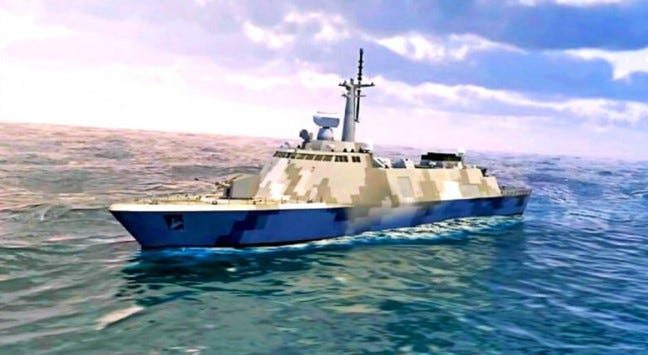
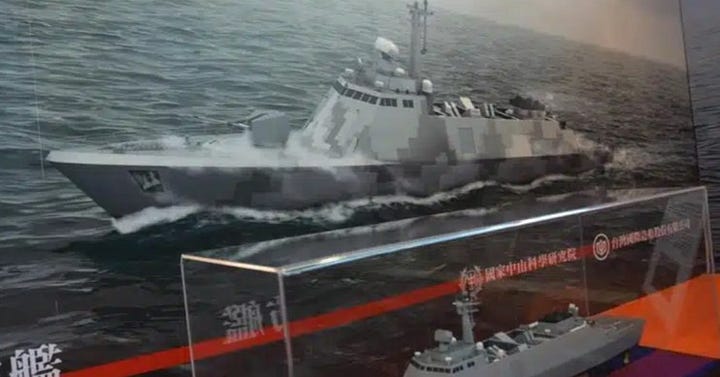
The Taiwanese shipbuilding company, Jong Shyn CITIC Shipbuilding Group, announced that the first two prototypes of a revised Zhenhai-class light frigates 震海 will be built by October 2026. The two prototypes will consist of an anti-ship/surface variant and an anti-air variant.
The Taiwanese shipbuilding company, Jong Shyn CITIC Shipbuilding Group, announced that the first two prototypes of a revised Zhenhai-class light frigates 震海 will be built by October 2026. The two prototypes will consist of an anti-surface variant and an anti-air variant. The anti-ship/surface variant will be equipped with the Hsiung Feng III 雄風三Anti-Ship Cruise Missiles (ASCM). The anti-air variant will be equipped with the Sky Bow III 天弓三 and Sky Sword II 天劍二 Surface-to-Air Missiles (SAM). However, the most significant points of the prototype’s design are the incorporation of an indigenous Vertical Launch System (VLS) and components of a Combat Management System (CMS) into both frigates.
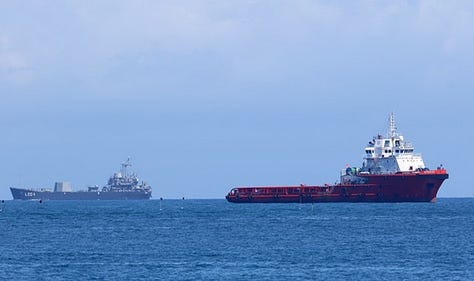
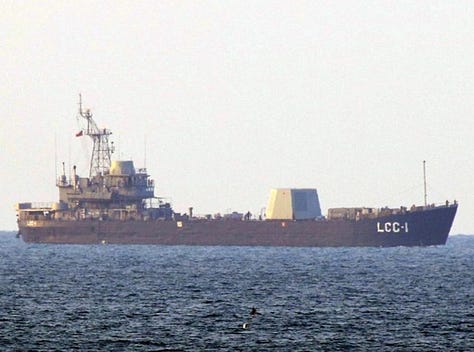
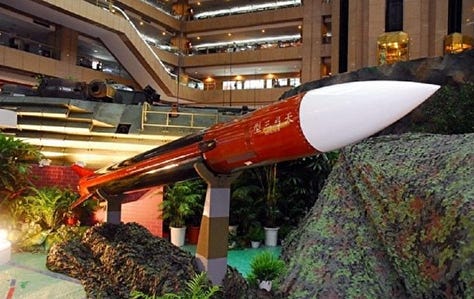

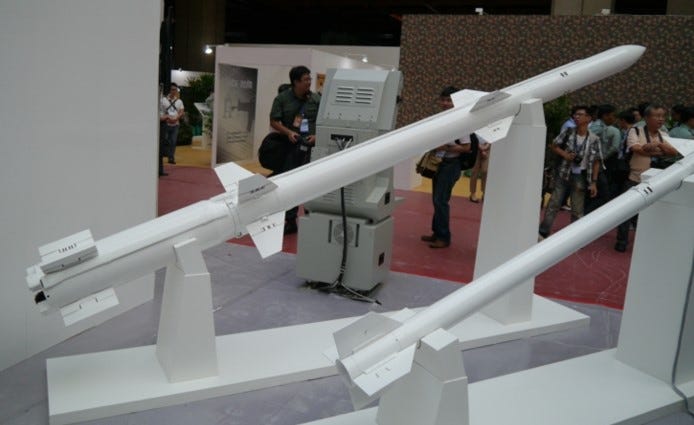
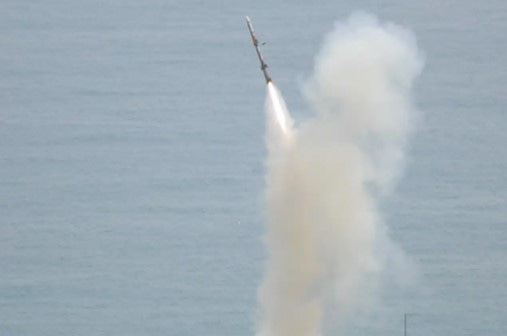
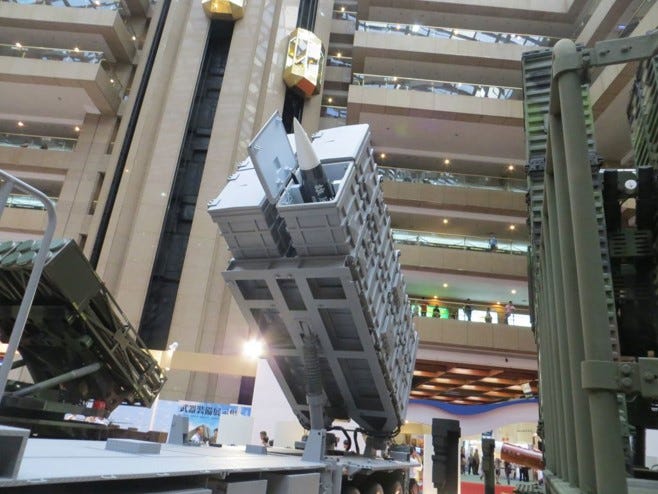
Taiwan’s Indigenous VLS Program
Taiwan began research into creating an indigenous VLS system in 2019 when Taiwan’s National Chung Shan Institute of Science and Technology (NCSIST) bought two Mk41 VLSs from both the United States and Israel. The Mk41 also included various technology transfers related to the Mk41 and associated American and Israeli systems.
Taiwan began research into creating an indigenous VLS system in 2019 when Taiwan’s National Chung Shan Institute of Science and Technology (NCSIST) bought two Mk41 VLSs from both the United States and Israel. The Mk41 also included various technology transfers related to the Mk41 and associated American and Israeli systems. The institute used both sets to conduct various tests to develop an indigenous VLS based on the design that will eventually be integrated with all current and future naval vessels. One Mk41 VLS was installed on the ROCN Kaohsiung – a Zhonghai-class amphibious command ship given to the institute by the Taiwanese Navy – to conduct various seaborne tests. The other VLS was used for tests conducted at the Taiwanese Air Force’s Jiupeng Air Base located in southern Taiwan. The NCSIST also used both VLSs on the Kaohsiung and Jiupeng base to conduct feasibility, integration, and verification tests with the Sky Bow III, Sky Sword II SAMs, and Hsiung Feng III ASCMs. However, the NCSIST also used the tests to acquire the necessary data for the development of the Huayang VLS 華陽垂直發射系統.
The institute launched several Sky Bow III, Sky Sword II, and Hsiung Feng III missiles from the Mk41 VLS to determine how best to modify the missiles for use in the VLS. For example, the institute modified the Sky Sword II by shorting the tail’s volume that can be folded along with various structural changes. NCSIST also significantly modified the SAM’s transmitter size to make both launches and the initial flightpath from the VLS easier. Similar modifications were made to the Sky Bow III – shortening the missile’s length and making the wings fold – so it could fit into both the Mk41 and Huayuan VLSs. They also tested the missile’s navigation and flight controls via several verification tests using both the Mk41 and the Huayang VLSs from 2020 onwards.
However, there were several problems with the Sky Sword II before NCSIST attempted to integrate it with the VLSs compared to either the Sky Bow III and Hsiung Feng III systems. For example, one Sky Sword II verification test that occurred during the 2018 Han Kuang exercise because it received abnormal signals after ignition. The abnormal signals caused the missile to launch and fly erratically, which resulted in test personnel detonating the Sky Bow via its self-destruct function. The missile also failed another verification test in December 2018 because of issues with overcoming issues related to achieving target lock while ignoring the reflected signals from water clutter. However, both the Sky Sword II along with the Sky Bow III SAMs passed all operational tests for use in the Huayang VLS in August 2023 after fixing the issues.
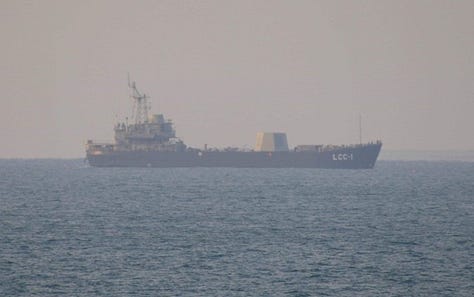
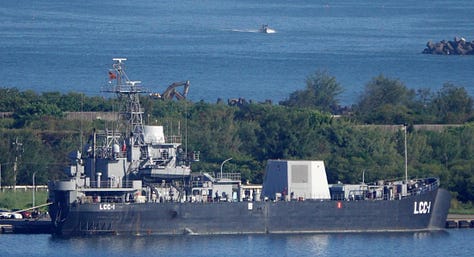
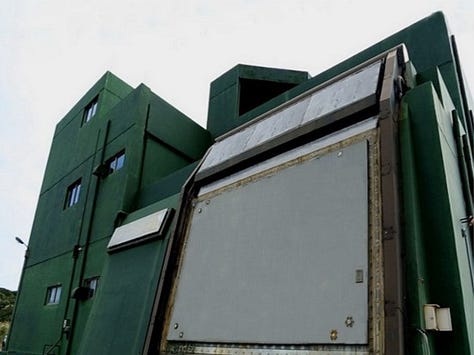
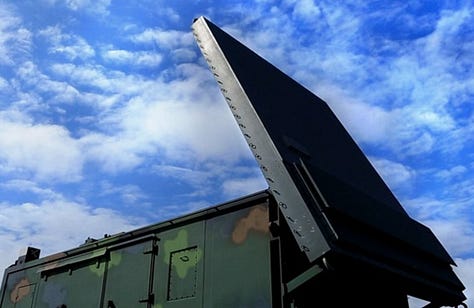
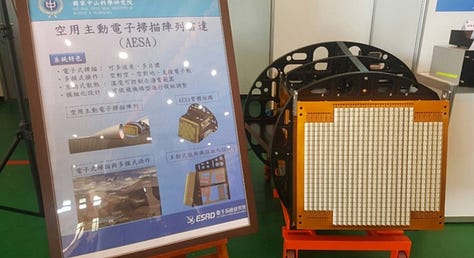
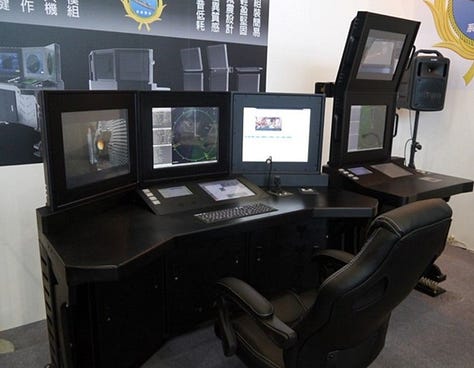
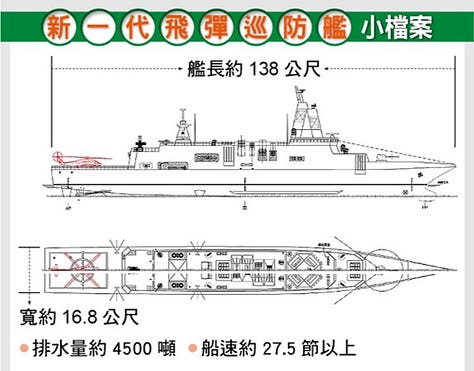

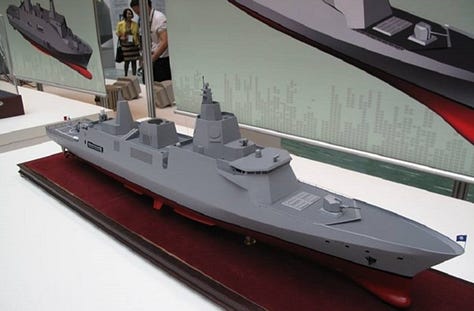
Taiwan’s Indigenous Combat Management System
The Taiwanese Navy and the NCSIST began the Hsunlian Project 迅聯專案 in 2015 to create the Hsunlian Combat Management System (CMS) 迅聯開放式戰鬥管理系統. The Taiwanese Navy required the Hsunlian CMS to have a domestically produced Actively Electronically Scanned Array (AESA) radar, electronic countermeasures, and an integrated Huayuan VLS.
The Taiwanese Navy and the Chinese Academy of Sciences 中科院 began the Hsunlian Project 迅聯專案 in 2015 to create the Hsunlian CMS 迅聯開放式戰鬥管理系統. The Taiwanese Navy required the Hsunlian CMS to have a domestically produced Actively Electronically Scanned Array (AESA) radar, electronic countermeasures, and an integrated Huayuan VLS. A design team from the Chinese Academy of Sciences developed the Hsunlian CMS from the Wujin-3 Open Battle Management System武進三號開放式戰鬥管理系; capable of using the navy’s Liancheng datalink system 大成資料鏈; and accept commands from the Joint Warfare Center. The Hsunlian CMS will also be called the Xunlian New Generation Joint Battle Command and Control System 迅聯新一代聯合作戰指揮管制系統.
The Taiwanese Navy originally planned on integrating the CMS on its originally planned Zhenhai-class ‘Small Aegis frigates’ 小神盾艦 while installing components – such as the Huayuan VLS – on other naval vessels. In 2018, the Chinese Academy of Sciences recommended the Taiwanese Navy build a 6,200-ton frigate to incorporate the CMS; however, the navy decided to increase the frigate’s size to 5,500 tons. However, in 2022, the Taiwanese Ministry of Defense revised the original plan by reducing the 4,500-ton missile frigate to two 2,000-ton light frigates with one focusing on Anti-air and the other on Anti-surface. The ministry said the new plan would trade size for ease of production of the planned vessels.
The revised little frigate plan omits the Hsulian CMS because the size of the data processors and other components prevents them from being installed on the vessel. The CMS’s planned phased-array radar also could not be installed because the radar’s size is bigger than the original planned frigate’s fore superstructure. For example, the radar’s size limits it to being installed on frigates weighing at least 5,800 tons, meaning the light frigate’s shipbuilder would have difficulties in installing the CMS on to the vessel. The difficulty in reducing the radar’s weight is due to the Passive Electronically Scanned Array (PESA) radar components and architecture rely on American manufacturers, which limits the radar’s performance and size. The design team attempted to slim down the radar by separating the data and signal processors and placing them in separate areas of the ship, they ran into signal distortion and instability issues. The PESA radar also into several performance issues that caused it not to meet the Taiwanese Navy’s requirements. The team also ran into several issues related to research and development related to key technologies required to use the AESA radar on ships. The team also ran into several issues related to research and development related to key technologies and performance requirements required to use the AESA radar on ships.
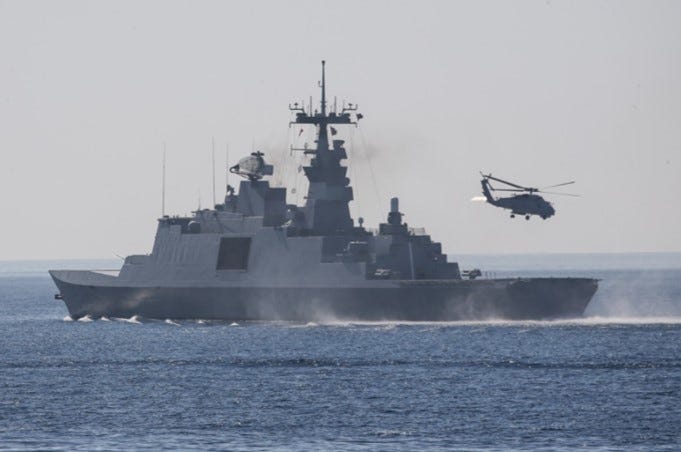
Analysis: While the planned Zhenhai-class light frigates will receive Huayang VLSs, the current vessels – such as the Kang Ding-class frigate, the Si Ning – will receive VLSs during their mid-life upgrades. The Si Ning will also be used as a testbed to perform integration and performance tests on the VLS during the later stages of its upgrade. The other frigates of the class will also receive the VLS when they undergo their mid-life modernizations. The VLSs will significantly enhance the Taiwanese Navy’s anti–air and anti-surface capabilities since it increases the number of SAMs and ASCMs the vessels can use to target Chinese aircraft and vessels. However, one the most significant aspects of the upgrade will be what Hsunlian CMS components the Kang Ding-class frigates will receive since the AESA radar is not operational. The frigates likely will receive the Advanced Radar Target Indication Situational Awareness and Navigation (ARTISAN) 3-D AESA radars as were selected for the Zhenhai-class light frigates. The radar will allow for easier and more efficient information sharing via the Hsunlian CMS’s Liancheng datalink between not only the Kang Ding-class frigates but with other vessels as well. The radar will also allow for battlefield pictures to be created faster since it would decrease the number of radars the Hsunlian CMS will have to incorporate to create one image.
While the Zhenhai-class light frigates, Kang Ding-class frigates, and possibly other classes will receive VLSs, it is unlikely those other vessels will receive the entire Hsunlian CMS. The most significant reason is due to the AESA radar’s size and weight that prevents installation onboard small sized vessels such as light frigates or small frigates. Another reason is due to the PESA radar not meeting the requirements laid out by the Taiwanese Navy, namely the radar having to be an AESA radar. However, the AESA radar currently in development also does not meet the Taiwanese Navy’s size and some performance requirements. The design team would have to focus on developing indigenous components that will allow for an AESA radar small enough to be installed on vessels with a displacement of more than 4,500 tons. However, the current plans for some components of the Hsunlian CMS to be incorporated into the light frigates and other small vessels will allow for greater integration of Taiwanese naval vessels. The greater integration would consist of a better refined battlefield picture but also increased anti-air and anti-surface capabilities throughout the fleet.



